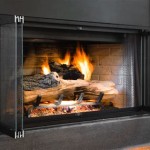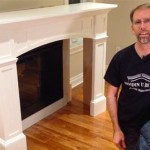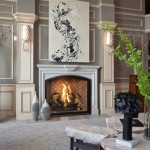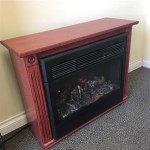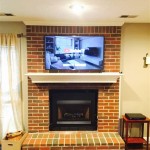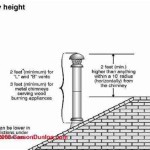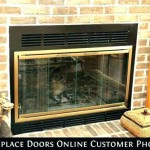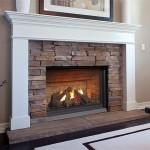Essential Aspects of Brick Fireplace Construction
Building a brick fireplace is a complex task that requires careful planning and execution. Here are some essential aspects to consider:
Foundation and Footing
The foundation and footing are crucial for supporting the weight of the fireplace. The footing should be poured at least 18 inches below the frost line and be made of concrete. The foundation should extend beyond the edges of the fireplace and be at least 6 inches thick.
Firebox
The firebox is where the fire burns. It should be constructed with fire-resistant materials, such as firebrick or refractory cement. The firebox should be large enough to accommodate the desired size of the fire and have adequate ventilation to prevent smoke buildup.
Flue
The flue is the channel through which smoke and gases exit the fireplace. It should be made of a non-combustible material, such as stainless steel or clay tiles. The flue should be tall enough to create a sufficient draft and have a cap to prevent rain or snow from entering.
Chimney
The chimney houses the flue and extends above the roofline. It should be constructed with fire-resistant materials and have a cap to prevent moisture penetration. The chimney should be high enough to ensure proper draft and prevent downdrafts.
Hearth
The hearth is the area in front of the fireplace where people gather. It should be constructed with non-combustible materials, such as stone, tile, or concrete. The hearth should extend at least 16 inches in front of the firebox and be large enough to accommodate embers that may fall out.
Mantle
The mantle is the decorative shelf above the fireplace. It can be made of various materials, such as wood, stone, or tile. The mantle should be supported by brackets or corbels and securely attached to the wall.
Other Considerations
In addition to the essential aspects mentioned above, other factors to consider include:
- Fireplace size and shape: The size and shape of the fireplace should be determined based on the room size, aesthetic preferences, and heating requirements.
- Fuel type: The type of fuel used (wood, gas, or electric) will affect the design and construction of the fireplace.
- Ventilation: Adequate ventilation is crucial to prevent smoke buildup and ensure the fireplace operates safely.
- Building codes and safety regulations: Local building codes and safety regulations must be followed to ensure the fireplace meets safety standards.
Conclusion
Building a brick fireplace requires meticulous planning, proper materials, skilled craftsmanship, and a thorough understanding of building codes and safety regulations. By carefully considering the essential aspects outlined above, you can create a functional, safe, and aesthetically pleasing fireplace that will enhance the ambiance and value of your home.

How To Build An Indoor Fireplace The Constructor

Understanding The Anatomy Of A Fireplace Madewell Masonry

Ahren Fire Fireplace Systems An Answer To Improper Construction Chimney Savers

Building A Fireplace Fine Homebuilding

How To Build An Indoor Fireplace The Constructor

Concrete Masonry Fireplaces Entire Tek

Fireplaces A Construction Primer Old House Web
How To Build A Brick Chimney Stack Complete Guide

Masonry Chimney Construction Guidelines

Brick Masonry Fireplace And Chimney A In The City Of Napa Scientific Diagram
Related Posts

